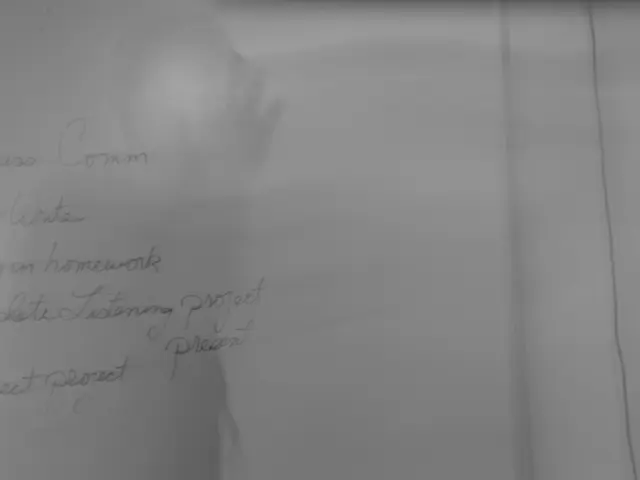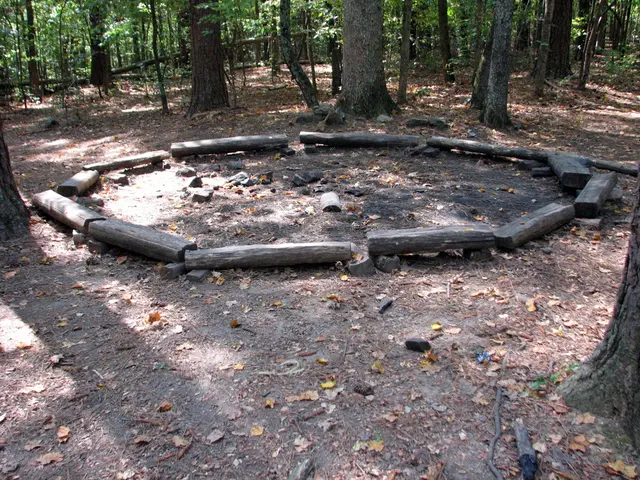1953 Acts Reshape Offshore Jurisdiction: States Gain Coastal Lands, Feds Control Outer Continental Shelf
In a significant shift in offshore jurisdiction, Congress passed two crucial acts in 1953. The Submerged Lands Act granted title to the three-mile coastal belt of submerged lands back to the states. Simultaneously, the Outer Continental Shelf Lands Act (OCSLA) claimed federal control over the remaining 'subsoil and seabed' surrounding the United States, extending up to 200 nautical miles from the coast.
The dispute over control of offshore resources, dubbed 'tidelands', intensified as significant deposits were discovered. For the first 50 years of offshore oil and gas development, coastal states held exclusive jurisdiction over their adjacent seabed. However, Congress recognised the urgent need to explore and develop the Outer Continental Shelf's vast resources, including its oil and gas deposits. The U.S. Supreme Court, in United States v. California (1947), had already declared federal paramount rights over offshore resources. Thus, OCSLA was enacted to establish federal authority over the submerged lands beyond state coastal waters, granting exclusive jurisdiction for the exploration and development of oil, gas, and other mineral resources on the Outer Continental Shelf (OCS). This covers more than 1.7 billion subsea acres.
The 1953 acts marked a turning point in offshore jurisdiction. While the Submerged Lands Act returned coastal lands to the states, OCSLA granted the federal government exclusive control over the vast Outer Continental Shelf, ensuring coordinated development and management of the nation's offshore resources.
Read also:
- North Carolina's Ocracoke Island: Highway Closed, Homes Collapse Due to Erosion
- Ukraine's Drone Strikes Cripple Russian Rail, Impacting Military Operations and Economy
- Emerging Investment Trends in China's Ethical Finance Sector for 2025
- Construction and renovation projects in Cham county granted €24.8 million focus on energy efficiency







